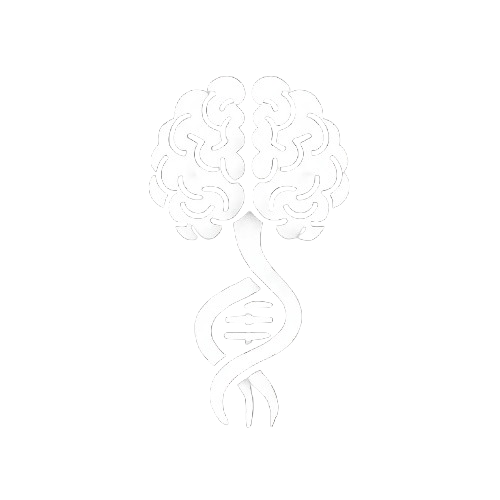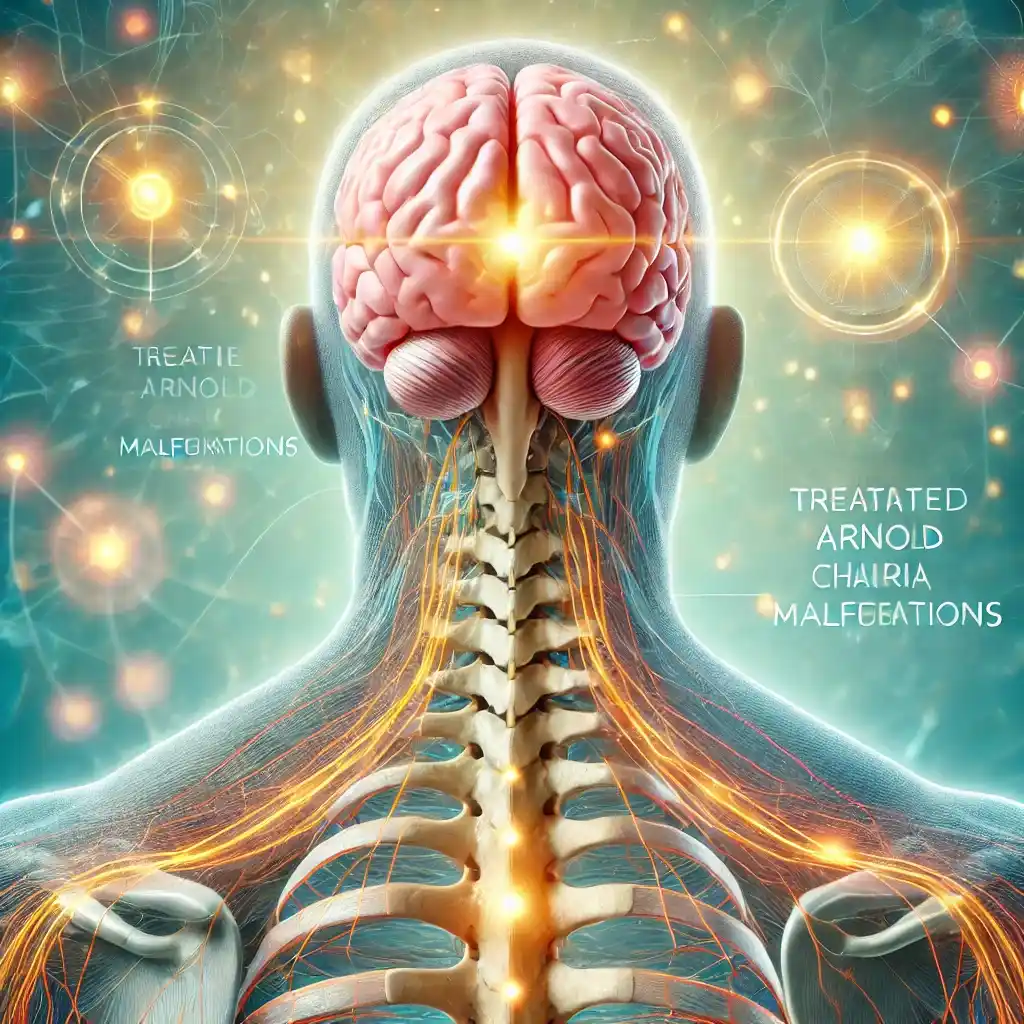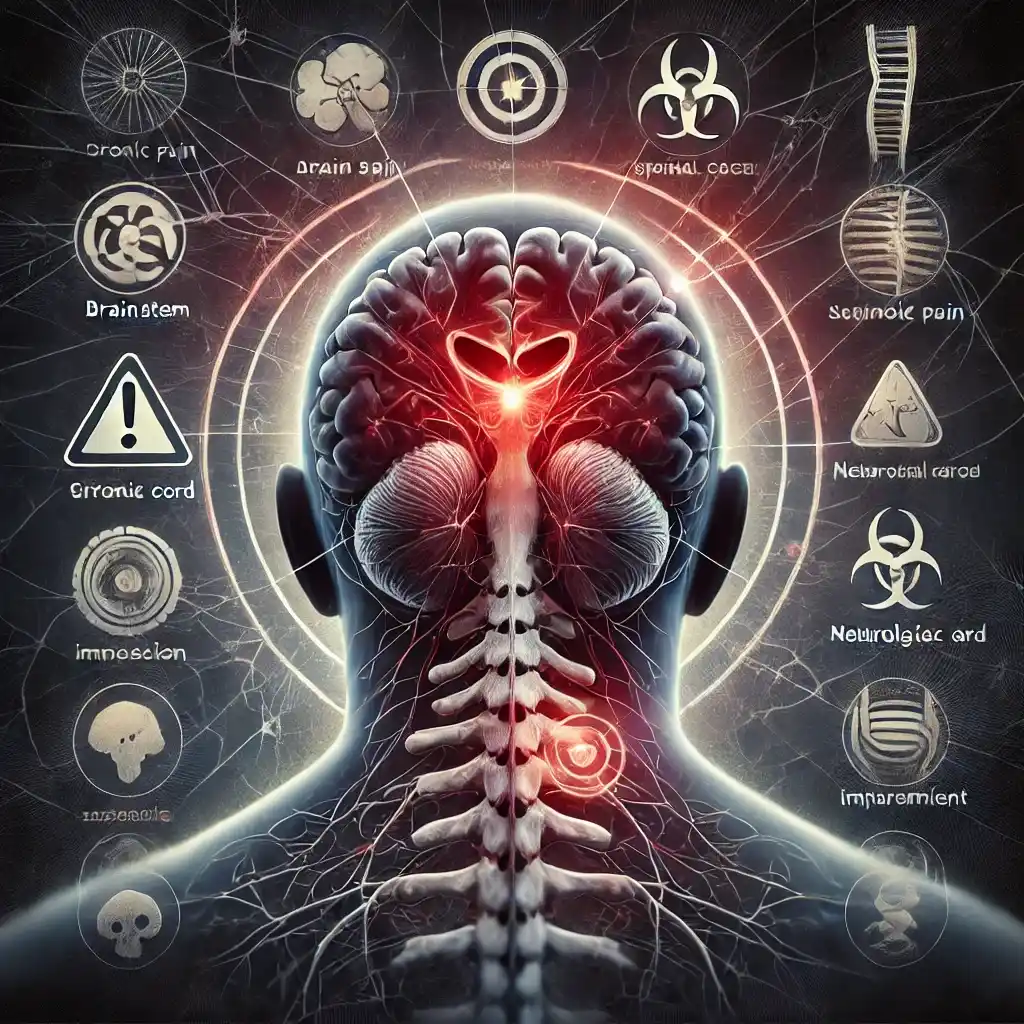Overview
Arnold chiari malformation refer to structural defects where parts of the brain extend into the spinal canal. These malformations affect the cerebellum, which controls balance, and have four types. MRI is the gold standard for diagnosing chiari malformations. It provides detailed imaging of the brain and spinal cord, showing the extent of brain tissue protrusion into the spinal canal







